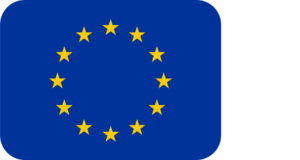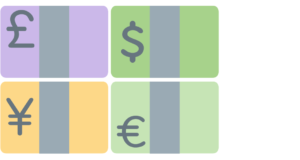Global equity markets continued their long rally through July. They were lifted by improving sentiment due to cooling trade tensions and a strong start to the most recent earnings season. The MSCI World Index (hedged into AUD) returned 2.1%. It gained 12.3% over the rolling quarter.

USA
The USA announced trade deals with the EU, Japan, and others ahead of the August 1 deadline imposed by the Trump administration.
The S&P500 returned 2.2%. This was due to improved sentiment as a result of tariffs and trade, and strong outcomes in the early part of the latest earnings season. Earnings for Large Cap Tech were particularly strong and resilient, despite the trade-linked uncertainty. At its July meeting, the US Federal Reserve kept rates steady for the 5th meeting in a row. President Trump has increasingly drawn attention to the US Federal Reserve, trying to pressure them to reduce interest rates, which they have not done. They are cautious of potential inflationary pressures in the near term.

Europe
In Europe, the MSCI Europe Index (in EUR) was a little stronger, but underperformed broader Developed Markets (+0.7%). The European Central Bank (ECB) left rates unchanged in July, following the series of cuts since late 2024. The ECB are increasingly conscious of the risks to growth and inflation from trade-linked uncertainty.

China
Chinese equities were positive (4.9% return in local currency terms). Sentiment toward Chinese equities has improved over the last 12 months. Economic data released in July showed better than expected GDP growth, partly driven by strong exports in the previous quarter.

Australia
Australian equities (returned 2.4%) outperformed hedged Developed Market returns. The Healthcare sector outperformed (8.8%). The Financial sector was weakest (-1%). Notably, returns for Commonwealth Bank moderated after strong returns calendar year to date. The Reserve Bank of Australia kept rates on hold at its July meeting, which was unexpected. They said that strong levels of employment and an uncertain outlook were reasons to not cut rates.

Currency and bonds
Bond markets delivered mild returns: Australian bonds (0%) and Global bonds (-0.2%). There was moderate volatility during the month. In Australia, bond performance was impacted by the surprise decision of the RBA to not cut rates, whilst global markets responded to concerns about tariff-linked inflation and weaker than expected job numbers in the USA. US 10-year yields ended July at 4.36% (rising 13bps), while Australian 10-year yields were also marginally higher at 4.26% (rising 10bps).
The Australian Dollar was weaker compared to the US Dollar, falling 1.8% over July. Most major currencies also declined relative to the USD, providing some respite to the USD after a long period of weakness. The progression of trade deals and stronger US equity markets may have contributed to the stronger USD.


